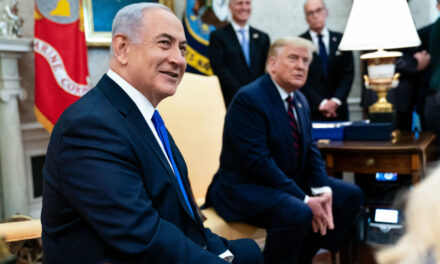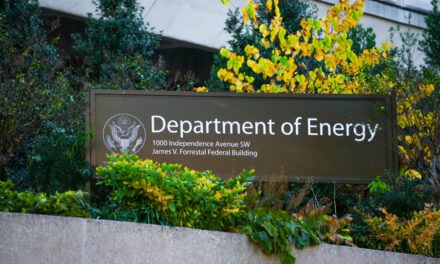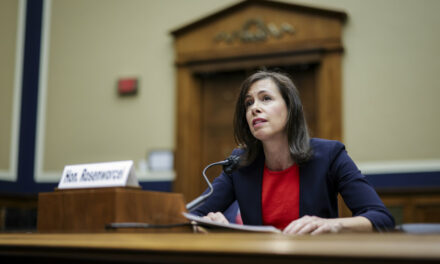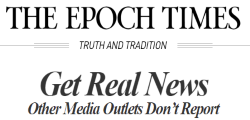We support our Publishers and Content Creators. You can view this story on their website by CLICKING HERE.
The Biden administration intends to intensify U.S. military aid to Ukraine in a bid to counter Russia’s invasion through 2025, the U.S. Secretary of State said.
U.S. Secretary of State Antony Blinken said Wednesday that the Biden administration will surge as much military aid as possible to Ukraine to ensure the country can continue to repel Russian aggression through 2025.
Speaking at NATO headquarters in Brussels, Belgium, on Nov. 13, Blinken emphasized the urgent need to bolster Ukraine’s defenses amid escalating threats, including the involvement of North Korean forces in the conflict.
“President [Joe] Biden has committed to making sure that every dollar we have at our disposal will be pushed out the door between now and January 20th,” Blinken told reporters, referencing the impending inauguration of President-elect Donald Trump. “We’re making sure that Ukraine has the air defenses it needs, that it has the artillery it needs, that it has the armored vehicles it needs.”
Blinken said the United States has provided Ukraine with nearly $8 billion in security aid since September, and more is on the way. Biden is determined to allocate to Ukraine’s war effort every available dollar from the $61 billion supplemental that Congress approved several months ago, Blinken said, adding that significant drawdowns from U.S. military stockpiles will also go forward to bolster Ukraine’s defense capabilities.
In parallel, he urged NATO allies to step up their contributions, noting that more than 50 countries are actively working to support Ukraine.
“This is maybe the best example of burden sharing that I’ve ever seen in 32 years that I’ve been doing this,” Blinken said, noting that the United States has dedicated around $100 billion to Ukraine, and international partners have provided over $150 billion. Blinken stressed that the aid surge is designed to prepare Ukraine for the challenges of 2025, whether on the battlefield or at the negotiating table.
He called on NATO allies to “focus our efforts on ensuring that Ukraine has the money, the munitions, and the mobilized forces to fight effectively in 2025 or to be able to negotiate a peace from a position of strength.”
Blinken detailed the Biden administration’s strategy during meetings with NATO Secretary General Mark Rutte and other alliance leaders. A key focus was coordinating efforts to counter new developments, including the deployment of North Korean troops in Ukraine.
“This is a profound and incredibly dangerous development,” Blinken said, highlighting concerns that Russia’s collaboration with North Korea could enhance Pyongyang’s missile and nuclear programs.
Russian President Vladimir Putin has to pay Pyongyang for the North Korean soldiers joining the war effort, and he’s “paying for this by technology, for example, missile technology going to North Korea, and that is presenting a threat not only to the European side of NATO but also to the U.S. mainland, to South Korea, to Japan,” Rutte said.
The NATO head added that China is helping Russia by sending dual-use goods that can be used to produce battlefield weapons, while Iran is sending drones and other items.
“And here Russia is paying in money, and this helps Iran to continue its efforts to destabilize the Middle East and even beyond the Middle East,” Rutte said.
The NATO discussions in Brussels also touched on bolstering defense production and ensuring that allied spending targets are met. Twenty-three NATO members have now reached or exceeded the 2 percent gross domestic product benchmark for defense spending, Blinken noted, describing it as a welcome development. He added that some of the discussions centered on ensuring that the increased spending is focused on appropriate areas to bolster necessary capabilities, though he did not provide more details.
Blinken reiterated that the United States has continuously adapted its support for Ukraine in response to evolving battlefield conditions, including new threats like the North Korean forces.
“I can tell you that we will continue to adapt and adjust, again, to make sure that Ukraine is in the strongest possible position to deal with this aggression, to deter further aggression, to effectively defend itself,” he said.
With the clock ticking toward a new U.S. administration, Blinken vowed that the Biden team would “drive through the tape” to maximize support for Ukraine as it fights to beat back Russia’s invasion.

 Conservative
Conservative  Search
Search Trending
Trending Current News
Current News 







